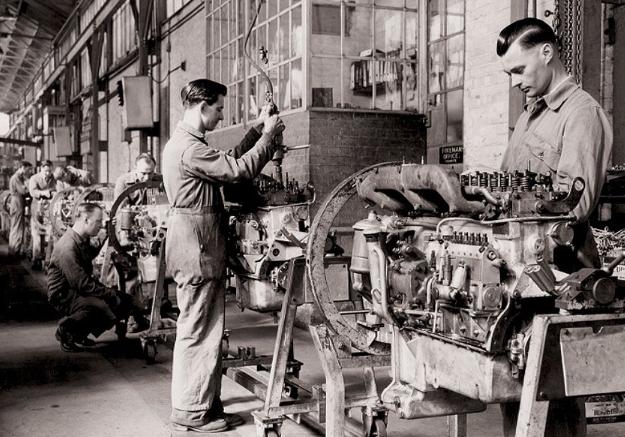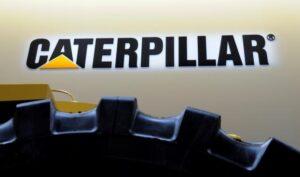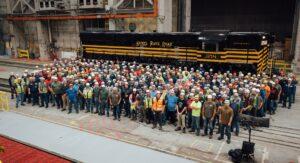While Frank Perkins is celebrated for his role in founding the Perkins Engines Company of Peterborough, a subsidiary of Caterpillar Inc. since its acquisition 23 years ago for $1.3 billion, the genius of Charles Chapman, another key figure in the company’s history, often goes overlooked.
Although the beginnings of the Perkins Engines Company were modest, dating back to the early thirties, its origins can be traced to the collaboration between Frank Perkins and the brilliant engineer Charles Chapman. The duo began sketching the design of a lightweight diesel engine at Chapman’s home in Strood, Kent. Chapman’s engineering expertise and Perkins’ vision laid the foundation for the company’s future success.
Both Frank Perkins and Charles Chapman strongly believed that a new lightweight compression ignition (CI) engine would have wide-ranging applications and would be a more appealing alternative to petrol engines in various situations, such as in tractors and other machinery. Their shared vision for the potential of the lightweight CI engine led to the development of Perkins Engines and its subsequent success in the industry.
Chapman described the early stages of their work as rudimentary, far from the sophisticated engine modeling programs and computer-aided design (CAD) tools used today. They sketched out plans for the new engine on whatever scraps of paper were available to them at the time, showcasing the simplicity and ingenuity of their approach.
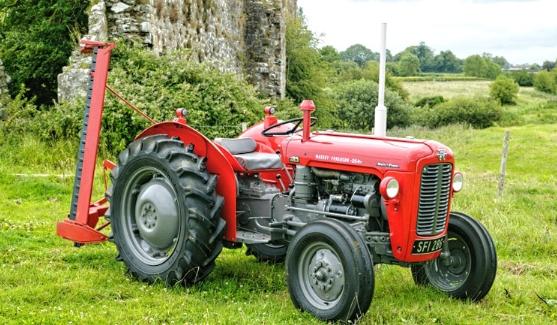
Looking back on the initial design process, Chapman fondly recalled:
“As we sat there and exchanged ideas, using the arm of my chair as a makeshift desk, I made rough thumbnail sketches, illustrating them on the back of one of my envelopes. And so, step by step, the system began to take shape.”
Initial concept
The initial challenge was to define the fundamental parameters of a novel diesel engine, a key element in its success as a rival to the significantly less efficient petrol engine.
The requirements encompassed compact dimensions while delivering comparable power output to petrol engines. Equally crucial was achieving similar engine speeds to ensure compatibility with the existing vehicle transmissions.
Meeting the latter requirement posed the most significant challenge, as the atomized diesel had to be introduced into the cylinder, ignited, and burned within a fraction of a second to achieve a speed akin to petrol engines.
At that time, this task was deemed impossible, but Chapman ingeniously solved the problem by employing a pre-combustion chamber and a pintaux-type injector.
The pintaux injector is an evolution of the pintle injector, featuring an additional hole bored into the side of the nozzle body. This smaller hole directs a minute amount of fuel into the air forced into the pre-combustion chamber by the rising piston.
This ingenious design causes the fuel to ignite and create a flame front that travels through the main fuel load in the pre-combustion chamber. This revolutionary system was named the Perkins Aeroflow system and remained in use until the late seventies.
The ‘oil engine’ comes of age
The birth of the modern high-speed oil engine marked a significant milestone in engineering history. Chapman later wrote a book with the same title, which became the standard text for apprentices and mechanical engineering students worldwide.
Within engineering circles, he is often hailed as the pioneer of today’s diesel engine. He revolutionized the heavy, slow-running combustion ignition engines found in ships, power stations, and some vehicles, adding a touch of refinement to them.
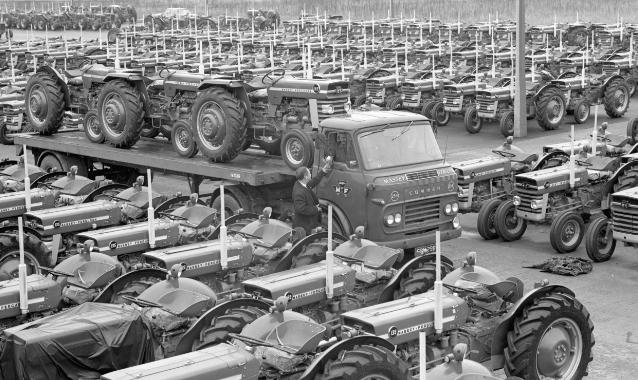
Despite his groundbreaking contributions that made diesel engines suitable for a wider range of applications, including tractors, Charles Chapman is seldom mentioned in engineering history with the same prominence as Rudolf Diesel himself. It is worth noting that Rudolf Diesel was not the first to construct a functional CI engine; that distinction belongs to the Hornsby Ackroyd motor, patented three years earlier, in 1890.
Chapman’s Roots
Born in Lancaster in 1897, Charles Chapman pursued his education at the Lancaster Royal Grammar School, although he is not listed on its Wikipedia page. He then apprenticed at Vickers Ltd. in Barrow in Furness. During World War I, he served in the Royal Navy Volunteer Reserve, working on anti-submarine measures. After the war, he resumed civilian life and pursued an M.Sc in engineering at Liverpool University.
Subsequently, Charles Chapman joined Petters (Ipswich) Ltd., a company engaged in constructing large diesel/oil engines for his previous employer, Vickers. Eventually, Petters transformed into Westland Aircraft, but the Ipswich facility closed down in 1929, leaving Charles in search of new employment opportunities.
Charles Chapman found employment at Aveling and Porter of Rochester as a personal assistant to Frank Perkins, who was the works’ work director at that time. Within the next few years, Chapman took on the role of secretary to the board, which involved managing the financial challenges faced by the company. Unfortunately, due to the severity of the Great Depression, the company’s financial situation deteriorated, and in early 1932, it ultimately succumbed to the economic crisis.
Starting afresh with Perkins Engines
After the collapse of Aveling and Porter, both Charles and Frank found themselves searching for new job opportunities, which were scarce during that period. Interestingly, one of the projects undertaken by the bankrupt company involved a small diesel engine with compact dimensions that could reach up to 1,200rpm but couldn’t go any higher.
The Invicta engine, as it was called, showed great promise as a lightweight power source for smaller applications, and both Charles and Frank recognized its potential. In April 1932, Frank Perkins penned his prospectus to establish Perkins Ltd. in Peterborough, his family’s hometown with a rich engineering legacy.
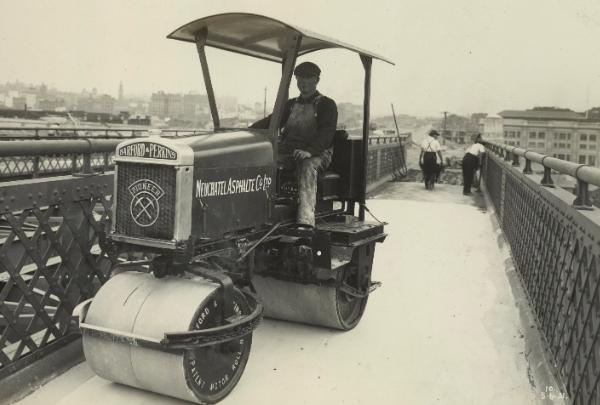
Francis Arthur Perkins, the elder of the two, possessed a more flamboyant nature and benefited from family connections that could invest in the new company. He had a distinguished service record in the Royal Engineers during the war, where he rose to the rank of major.
Given his significant investment in the venture and his role as chairman, it was only natural that the new company bore his name. Charles Chapman assumed the position of technical director, and all patents were registered in the company’s name, rather than that of the individuals involved.
In just six months, the first prototype was completed, and on December 3, 1932, with all company personnel present, it was fired up. Surpassing expectations, it raced up to an unprecedented 3,000rpm, but it had to be quickly shut down as the dynamometer was about to overheat due to lack of coolant.
This event is truly remarkable because there was no single-cylinder model to test the concept first, as Chapman had desired. Perkins, however, insisted on going straight from the back of an envelope to a running example to save time and cost. This decision made the achievement all the more impressive.
The birth of the Perkins legend occurred with this event, but it took another decade for the company to establish a firm financial footing. Chapman’s relentless dedication and the demands of the Second World War, particularly the Royal Navy’s need for a reliable diesel engine for its smaller craft, played a significant role in bringing the company to a stable position.
Stepping back

In 1942, Chapman retired from the company’s board to focus on aiding the war effort. In 1951, the firm went public, and Chapman received only £16,100 (equivalent to around £475,000 or $602,67 today) from his original holding of 1,000 shares. In contrast, the Perkins family received £387,000, equivalent to approximately £11.4 million or $14.46 when adjusted for inflation.
One might perceive this as grossly unfair to the man who tirelessly worked to create an engine that revolutionized the world’s perception of the ‘oil engine,’ transforming it from an efficient but clumsy power unit to a sleek and powerful engine that now exceeds even his own wildest imagination.
Yet, it is highly improbable that this engine would have made it to the market without the relentless drive and ‘brutal business-like brain’ of Frank Perkins. Frank was the force that pushed the boundaries, and he is rightfully celebrated as the father of the high-speed oil engine. However, when we delve beneath the surface, it becomes evident that none of this would have been possible without the contributions of Charles Wallace Chapman, the forgotten engineer whose innovations have benefited us all.

